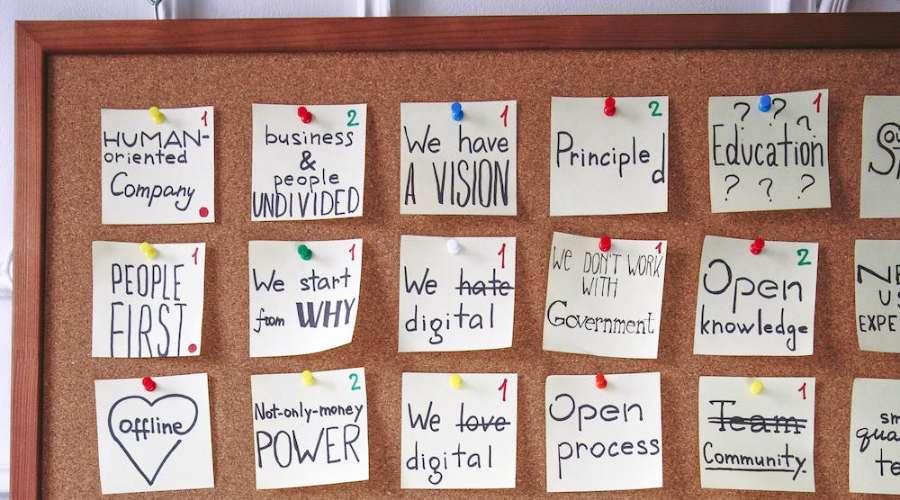In an era where digital transformation is not only a trend but also a business necessity, understanding the interaction between technology and different sectors has become crucial. For readers of promocase.lv, a platform dedicated to marketing, sales and business improvement, this article reveals a significant trend – the impact of technology on real estate investment in Dubai.
Focusing on innovations such as blockchain, artificial intelligence (AI), and virtual reality (VR), we delve into how these technologies are revolutionizing the real estate market. This article is about understanding the changes and using them to improve decision-making and increase brand value in a competitive real estate landscape.

Blockchain – a foundation for transparency and security
Blockchain technology, known for its role in cryptocurrencies, is now a game changer in real estate. In Dubai, blockchains create a more transparent, efficient, and secure system for real estate transactions.
Key innovations and impact:
- Smart contracts: These auto-fillable contracts, with contract terms written directly into the code, simplify and secure transactions.
- Record keeping: The blockchain’s immutable record book ensures that property records are secure and tamper-proof, increasing investor confidence.
- Asset tagging: This involves splitting property into tradable shares or tokens, making real estate investment more accessible and liquid.
AI – enhancing decision-making and investments
Artificial intelligence in Dubai’s real estate sector is a future concept and a current reality. It is changing the way investments are analyzed, managed, and optimized.
AI at work – examples and benefits:
- Predictive analysis: AI algorithms can analyze market trends, forecast property values, and identify profitable investment opportunities.
- Customer service: AI-powered chatbots and virtual assistants provide personalized assistance to investors, improving the overall customer experience.
- Operational efficiency: AI tools streamline various processes such as property management, reducing costs and increasing efficiency.

Virtual reality – a new dimension in property viewing
Virtual reality technology is changing the way property is shown in Dubai. It allows potential investors to virtually view properties virtually, overcoming geographical barriers.
The role of virtual reality in real estate:
- Virtual tours: Investors can enjoy immersive property tours from anywhere worldwide, saving time and costs.
- Design and planning: VR allows investors to visualize and modify the design of a property before construction, helping them to make better decisions.
Technological trends reshaping Dubai’s real estate
The real estate market needs to keep up with new technology trends.
Here are some of the ones that are becoming increasingly popular:
- Internet of Things (IoT): Smart home technologies increase the value and attractiveness of property.
- 5G technology: Enhanced connectivity improves real-time data analysis and remote property management.
Leveraging technology for enhanced real estate investment
For PromoCase.lv readers, understanding and using these technological advances means keeping up with the trends and making informed decisions that deliver a better return on investment.
Whether it’s blockchain security, AI smarts, or immersive VR experiences, technology is a powerful tool in the real estate investment toolbox. Leveraging these innovations will increase your brand value in the real estate market and position you as a forward-thinking investor in the dynamic landscape of Dubai’s real estate sector.
Please check out these article too:






























